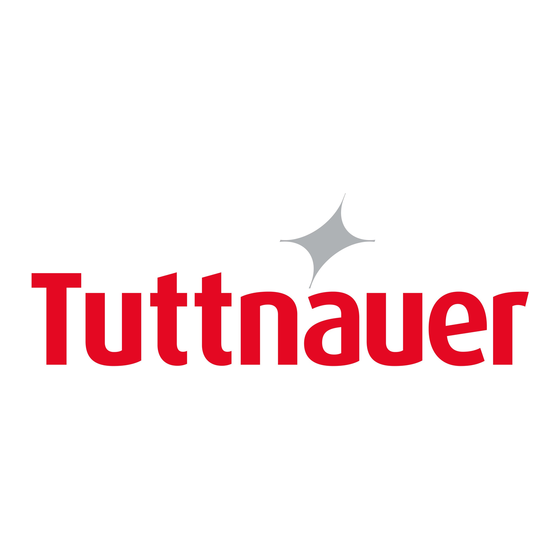

Tuttnauer 2540 Operation & Maintenance Manual
Electronic table - top autoclaves (with cooling option)
Hide thumbs
Also See for 2540:
- Technician manual (134 pages) ,
- Installation, operation & maintenance manual (59 pages) ,
- Operation & maintenance manual (65 pages)
Table of Contents
Advertisement
Quick Links
OPERATION
&
MAINTENANCE
MANUAL
Electronic Table - Top Autoclaves
(With cooling option)
Models
2540, 3150, 3850, 3870, 5050, 5075 EL
Cat. No. MAN205-0035000EN Rev AA
Tuttnauer Europe B.V., Hoeksteen 11 4815 PR P.O. Box 7191 4800 GD Breda, The Netherlands
Tel: 31 (0) 765423510, Fax: 31 (0) 765423540
Advertisement
Table of Contents











Need help?
Do you have a question about the 2540 and is the answer not in the manual?
Questions and answers